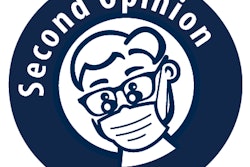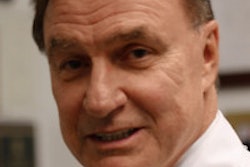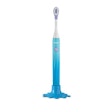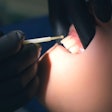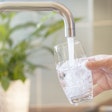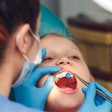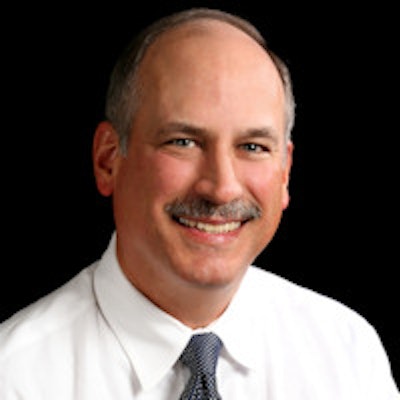
DrBicuspid.com is pleased to present the next installment of Leaders in Dentistry, a series of interviews with researchers, practitioners, and opinion leaders who are instrumental in changing the practice of dentistry.
As president-elect of the American Academy of Pediatric Dentistry (AAPD), Edward H. Moody Jr., DDS, of Morristown, TN, is one of the leaders of an organization dedicated to improving the oral care of children. But rather than trying to go it alone, the AAPD has worked consistently and innovatively to build bridges locally and nationally.
DrBicuspid.com spoke with Dr. Moody after the AAPD's recent annual meeting in Boston. He outlined not only his long-time involvement with the organization, but how the academy keeps moving forward during this transition period in pediatric dentistry.
DrBicuspid.com: You've been involved with the AAPD for some time. Who got you involved initially?
 Edward H. Moody Jr., DDS.
Edward H. Moody Jr., DDS.Dr. Moody: My department chairman in residency. When I was finishing my residency in 1985 at the Medical College of Virginia, my chairman was very involved in the Southeastern chapter of the academy.
After I had been in practice for three or four years and had attended a number of meetings, I approached my former chairman and told him I wanted to get involved with the academy. He put me on the membership committee, then after a few years I was on the Southeastern board; through the officer chain, finishing as president of the Southeastern Society of Pediatric Dentistry in 2004. Coincidentally, when my term ended, there was an opening for a trustee position for the academy in my district, so I rotated up into that slot.
DrBicuspid.com: This is a time of transition in healthcare, and particularly for pediatric oral healthcare. How is the academy responding to, and more importantly getting ahead of, the changes that are impacting the care of children?
We are doing so many more things now than we were doing even five, 10 years ago. The academy has been very good, up to this point, at being able to look five to 10 years ahead and anticipate many of the issues on the horizon that affect children. We've been able to be proactive at putting programs or plans in place that can deal with these issues.
Can you give an example?
We've had one of our members acting as a congressional liaison for at least 10 years. When you have legislation that comes up that affects children's oral health, if you don't have a seat at the table, if you don't have someone representing you in front of the legislature, you can't really complain.
I've learned that things won't always go our way, but you have to educate and have someone sitting there saying, "This is best for the children," "This is the best way to get more children taken care of," and "This is the most effective way of doing so."
And now AAPD has taken that model and moved to the state level also?
Yes, we've now gone to a model where we are trying to have a public policy advocate in every state, and we have an advocate in more than half of the states already. Many issues that affect kids are national, but just as many are local and statewide, and that is why we need an advocate there. And to expect that one person going to Washington, DC, once a month to accomplish this just wasn't realistic.
Are these advocates all dentists?
Yes, the public policy advocates are all dentists, volunteers, just like our congressional liaison is. These dentists are taking time out of their practices to do this.
We had a meeting in March in Washington, DC, with all our public policy advocates. During those days, we went to the legislators and said, "Here's what's going on in pediatric oral health that you need to be aware of when you start thinking of legislation down the road." This program has been very successful; we've gotten into a large number of congressional offices. But, what is also key is that, of the 175 people at this meeting, more than half are residents; we're getting them involved as well.




